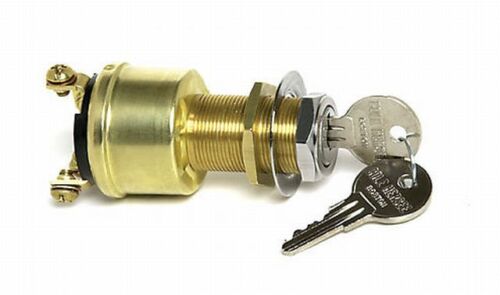angus99
Guru
One of these days, I’m going to replace the old Groco commode in our forward head with a Marine Elegance. Currently there are three paths for waste from the Groco to travel:
- straight to the holding tank for later pump out
- from the holding tank through a macerator pump and overboard (the macerator just tees off the pumpout hose and connects to its own seacock)
- directly overboard from the head (after switching a Y valve)
I’m thinking the Y valve is redundant since I can get the waste overboard (where legally permitted) via the holding-tank-to-macerator route.
Since I want to boat with my wife, I’m on a crusade to eliminate any possible (or imagined) head odors with new hoses, shorter hose runs, new freshwater commodes and—following Peggie’s advice—a second vent for the holding tank. Eliminating the Y valve gets rid of four clamped hoses that are candidates for allowing odors to escape.
So what am I missing?
(Today I powered up and programmed the new Marine Elegance and Purasan in the aft head. WHAT a great system!)
- straight to the holding tank for later pump out
- from the holding tank through a macerator pump and overboard (the macerator just tees off the pumpout hose and connects to its own seacock)
- directly overboard from the head (after switching a Y valve)
I’m thinking the Y valve is redundant since I can get the waste overboard (where legally permitted) via the holding-tank-to-macerator route.
Since I want to boat with my wife, I’m on a crusade to eliminate any possible (or imagined) head odors with new hoses, shorter hose runs, new freshwater commodes and—following Peggie’s advice—a second vent for the holding tank. Eliminating the Y valve gets rid of four clamped hoses that are candidates for allowing odors to escape.
So what am I missing?
(Today I powered up and programmed the new Marine Elegance and Purasan in the aft head. WHAT a great system!)


